Traditional woodcraft villages’ aspiration to revive
Bac Ninh – Once vibrant centers of artisanal woodcraft, traditional furniture-making villages in northern Vietnam such as Dong Ky, Huong Mac and Phu Khe are now grappling with a prolonged downturn. The hum of saws and chisels that once echoed through these communities has largely fallen silent, as artisans struggle to adapt to changing markets and economic headwinds.
After a golden era of rapid expansion, the woodcraft industry in these villages has entered a period of stagnation. Gone are the days when the winding village roads overflowed with valuable timber and bustling showrooms showcased intricate wooden furniture to streams of domestic and international buyers.
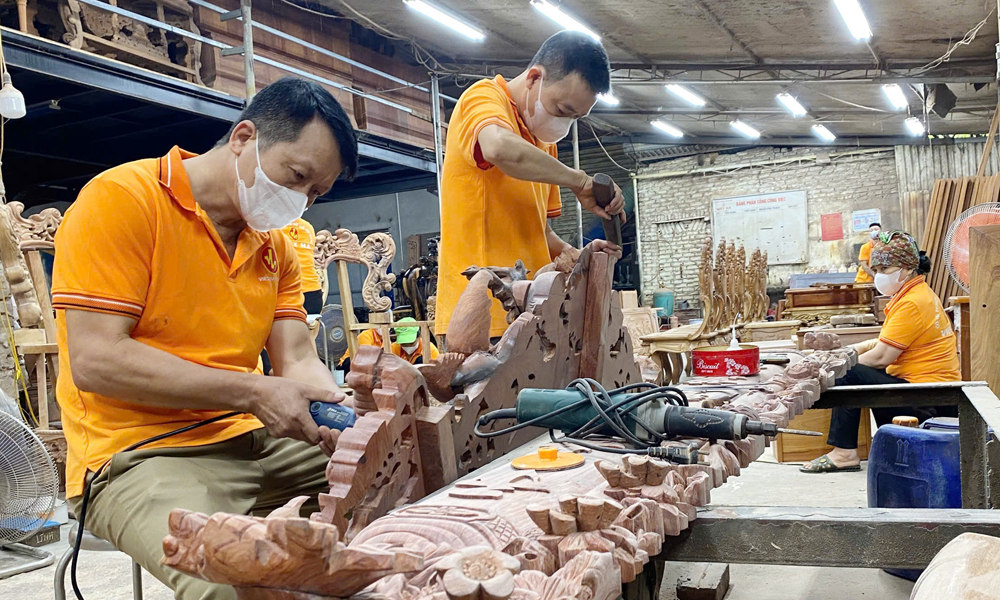 |
|
The production workshop of Viet Ha Fine Art Wood Co., Ltd in Dong Nguyen Ward. |
In Phu Khe ward, craftsman Dam Ngoc Thuc sits quietly with two workers beside unfinished timber.
"I've been in this business for nearly 30 years, but I've never seen the village so quiet," he said. "Back in 2016, we had 20 workers at peak times. Today, it's just three of us. We make products, but they don’t sell. Often, we just sit and wait."
A few blocks away, the Dong Ky Woodcraft Association’s showroom is similarly deserted. “There was a time when every alley from Dong Ky to the Dong Quang Industrial Cluster rang with the sounds of woodworking. Skilled artisans were everywhere. Our products sold across Vietnam and abroad, bringing prosperity,” recalled Vu Quoc Vuong, chairman of the association.
Between 2000 and 2015, Dong Ky village (now part of Dong Nguyen ward) was a key economic engine for Bac Ninh province. At its peak, 90% of households were involved in woodcraft production and trade, spawning hundreds of private enterprises. The village gained national fame as a “village of directors” and “village of billionaires.”
However, signs of decline emerged in 2016 and deepened significantly from 2020. Many small-scale workshops, lacking capital and access to wider markets, shut down or switched to other trades. The slump spread to neighboring woodcraft hubs like Huong Mac, Kim Thieu and Tan Bao in Phu Khe.
According to Nguyen Thanh Tuan, Vice Chairman of the Phu Khe ward People’s Committee, "Ten out of 16 neighborhoods in Phu Khe specialized in woodcraft. At the peak, 70% of households were producers and 30% were traders. But since 2018, exports have dropped by 90% and domestic sales by 70%.”
Inventory piled up as sales plummeted. With capital tied up and loans unpaid, many businesses folded. Both owners and workers took jobs in industrial zones just to repay bank debts.
Industry insiders attribute the crisis largely to overdependence on the Chinese market. When Chinese demand dried up due to shifting consumer preferences, many Vietnamese woodcraft firms were left adrift.
Meanwhile, domestic consumers have increasingly favored mass-produced industrial furniture, which is cheaper and easier to manufacture. Skilled laborers have also left the trade due to unstable incomes and rising costs of raw materials.
Faced with these challenges, some businesses are reinventing themselves. Instead of waiting for markets to recover, a number of workshops have shifted production strategies and explored new customer segments.
Vu Thi Mai, General Director of Huong Mai Woodcraft Co., said her firm moved away from traditional items like beds and wardrobes and now focuses on religious and decorative pieces with custom designs.
“These products require meticulous carving and are tailored to specific aesthetic preferences. Since pivoting, we’ve received new orders from both domestic clients and international buyers in Europe and the U.S.,” she said.
Notably, the company supplied Buddha statues to temples in Texas and Sydney, as well as to pagodas in California.
Although many craft villages are facing difficulties, suspending operations or scaling down production, there are still businesses that have proactively found new directions, maintained jobs for workers and contributed to increasing local budget revenues
Nguyen Van Tao, Deputy Head of the Economic, Infrastructure and Urban Affairs Office of Dong Nguyen Ward.
|
Others are embracing digital tools to promote and sell their products. Nguyen Duc Anh, a workshop owner in Phu Khe, has built a strong online presence through videos and livestreams, allowing him to reach a national audience.
“I post videos daily on our fanpage, which has 14,000 followers. Customers from afar can view the products, ask questions and place orders. We even offer shipping discounts,” he said.
Despite the bleak outlook, local authorities are rolling out support measures to revive the sector. These include eco-friendly zoning for craft villages, digital transformation initiatives, infrastructure upgrades, and support for branding and trade promotion. Officials are also encouraging producers to participate in exhibitions and trade fairs, both at home and abroad.
Nguyen Van Tao, Deputy Head of the Economic and Urban Infrastructure Division in Dong Nguyen ward, said, “With the right strategy, these villages can generate not only economic value but also help preserve and promote Vietnam’s rich cultural heritage.”
Local artisans, supported by authorities and inspired by younger entrepreneurs, are working hard to breathe new life into a time-honored industry. While a full revival may take time, the determination of these communities suggests that traditional woodcraft still has a place in Vietnam’s modern economy.
 Bắc Ninh
Bắc Ninh


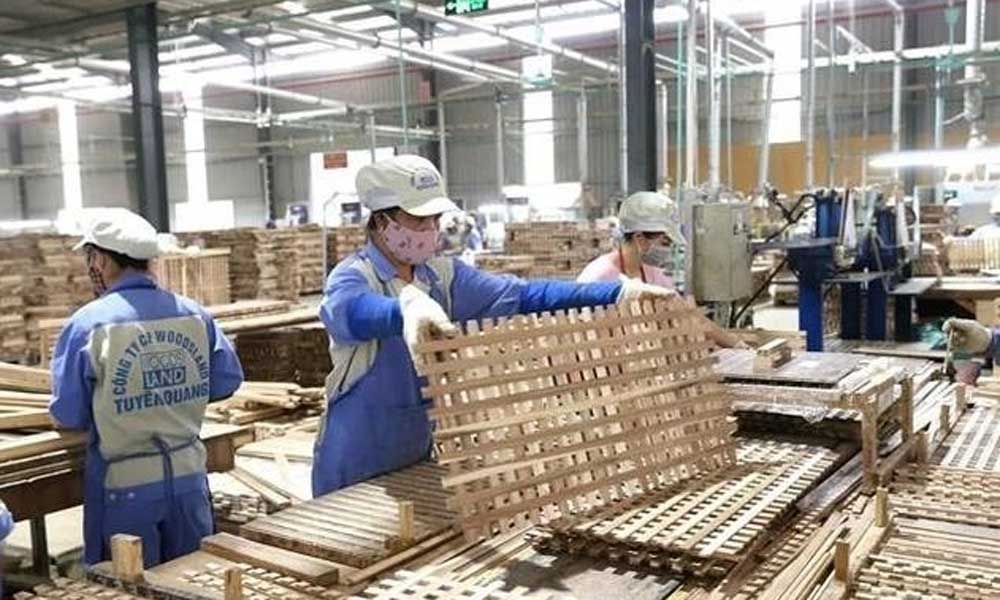
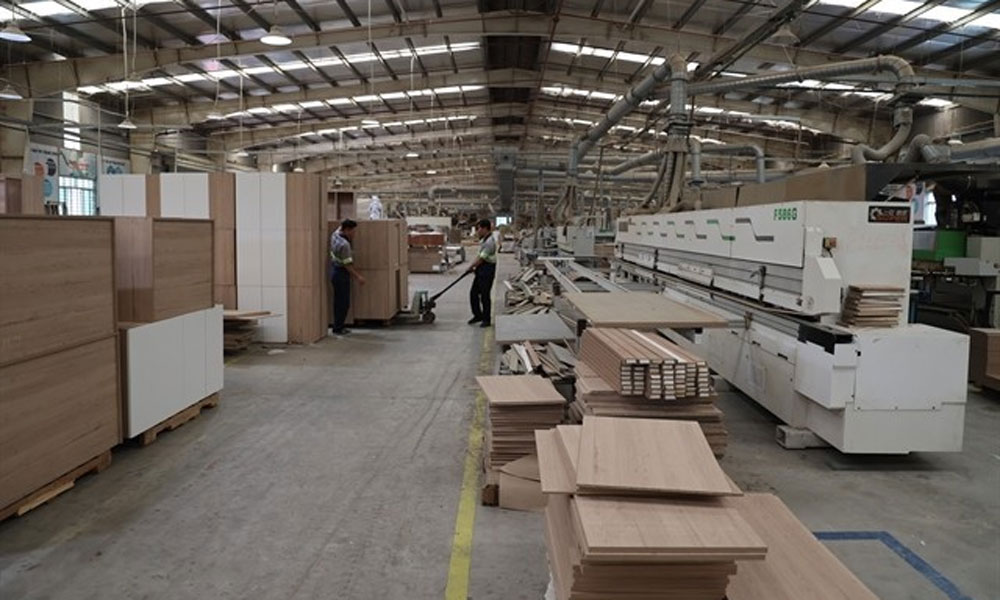
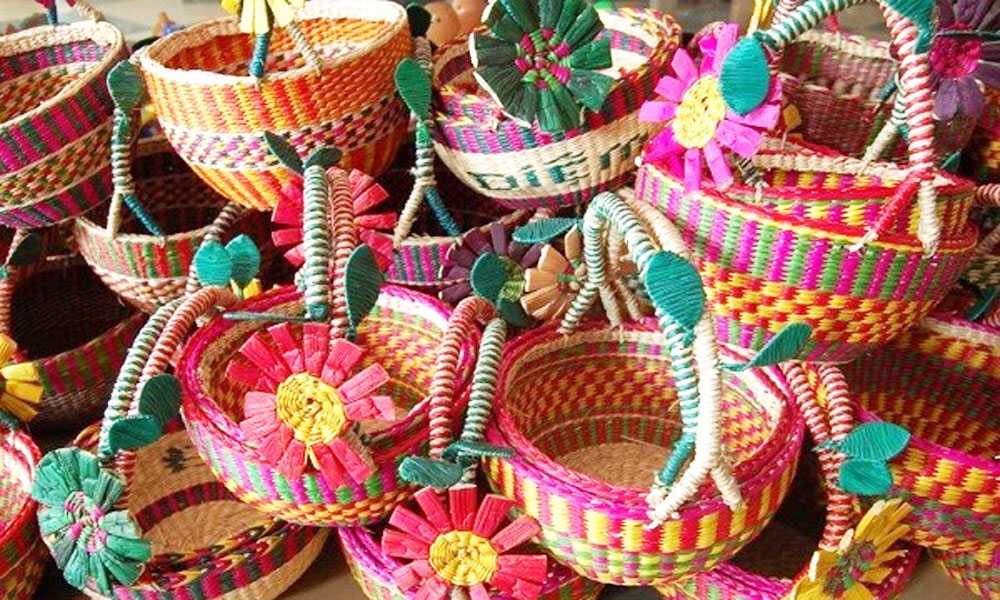


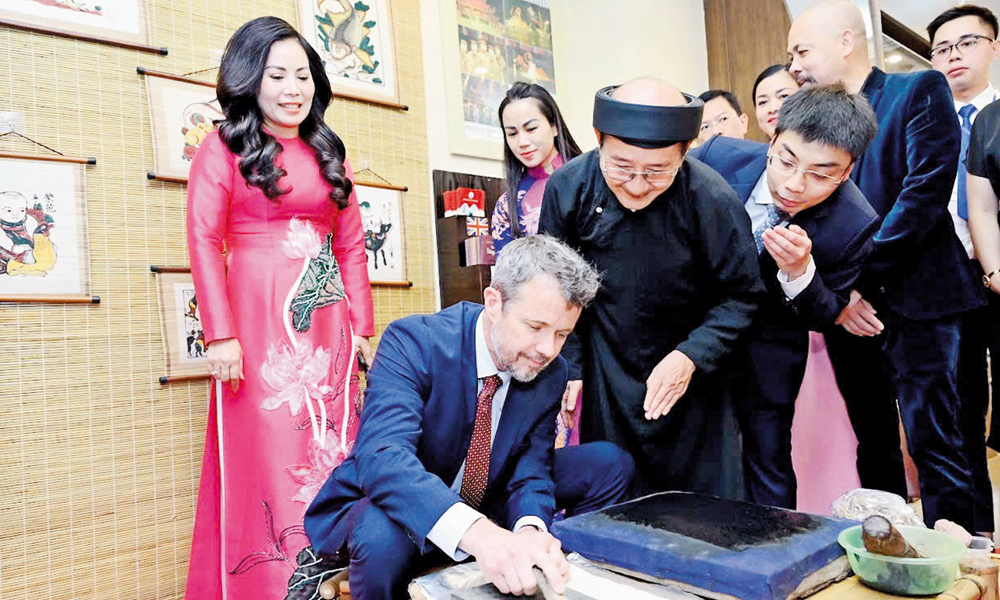
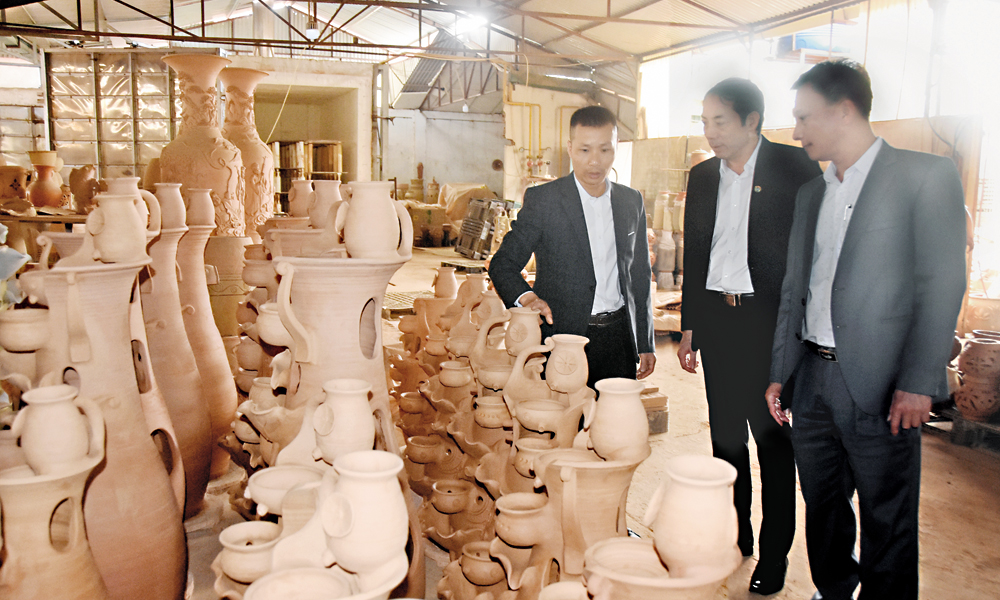




Reader's comments (0)